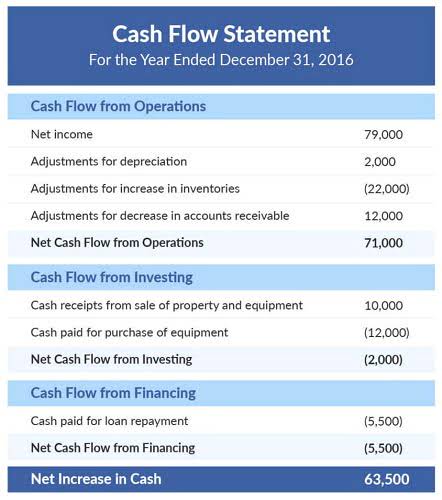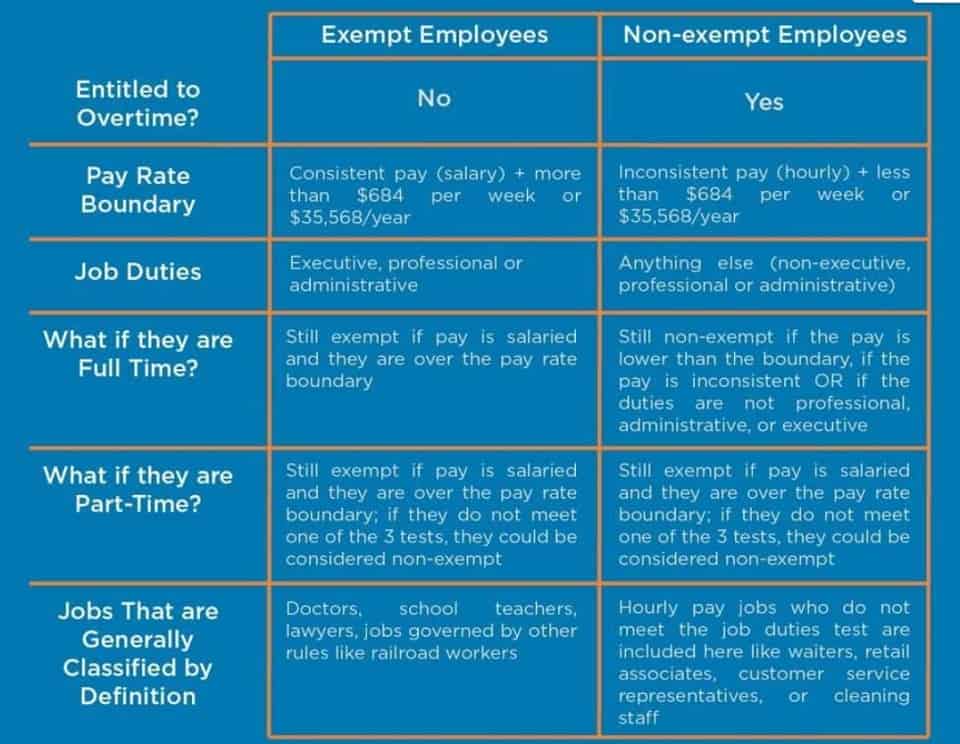8 Best Accounting Software for Nonprofits
- Bookkeeping
- noviembre 6, 2020

Figure out which works best for your organization and start tackling the problems with your books. So, relying on them to operate the back office can lead to costly mistakes with tax filings and donation tracking. Additionally, it can lead to missed opportunities in the form of “untranslated” financial information or unidentified financial insights. Wheelchairs For Warriors is on a mission to help as many injured veterans as possible.
What accounting method do nonprofits use?
Most organizations will let a software, accountant, or professional bookkeeper to create these statements for them. Most businesses and nonprofit organizations operate on annual accounting services for nonprofit organizations budgets throughout their calendar year. Well planned out budgets guide nonprofit’s down a path of knowledge of how to best use their resources to remain financially healthy.
Nonprofit accounting software runner-ups

Xero also excels at accounting basics that can keep your nonprofit’s budget on track, including thorough financial reporting and expense tracking. Its mobile app lets you collaborate on the go, and it integrates with hundreds of third-party apps. Nonprofits record their revenue primarily on their Statement of Activities, which details all the organization’s income and expenses for a given period. This information is also displayed on the nonprofit’s Cash Flow Statement.
- It offers accounting and bookkeeping features comparable to QuickBooks Online and Xero but for exactly no dollars.
- However, the accrual-basis method may be necessary if the organization plans to seek funding from larger donors.
- Many consider the accrual method a more transparent and accurate method of depicting a nonprofit’s financial activity.
- Most nonprofits operate based on some kind of annual operating budget.
- Most nonprofits elect some kind of treasurer or financial officer to manage all of the organization’s finances.
- Schedule a call to talk to us about the unique accounting and reporting needs of your organization.
- Software that provides top-level financial tools isn’t helpful if your staff and board don’t understand how best to use it.
Ongoing Management

When donors specify how their money HVAC Bookkeeping should be used, organizations must track these funds separately and ensure they’re only used for designated purposes. Your nonprofit accounting practices should include regularly monitoring restricted fund usage, tracking pledge payment schedules, managing matching gift requirements, and documenting compliance with donor terms. Quality internal audits and audited financial statements aren’t cheap, but they’re worth it.
Take control of your nonprofit cash flow

Once you’ve got your bookkeeping system setup and have started generating financial statements, the final piece of the nonprofit accounting puzzle is getting your tax obligations straight. The statement of financial position represents the nonprofit version of the balance sheet. This statement provides insight into how much a nonprofit owes, what it owns, and how much money is left. Unlike for-profits, nonprofits don’t have equity because they don’t have owners, and that’s the biggest difference between a balance sheet and a statement of financial position. Some are unrestricted net assets and some are considered restricted net assets.
- What matters is the overall picture of your organization’s financial health and impact.
- Look for a program that is easy to use, efficient, and available on numerous devices.
- To stay compliant and clear, use internal controls to fight fraud and improve reports.
- If your nonprofit can afford to hire a bookkeeper, you should find someone with fund experience.
Ignoring these restrictions can lead to legal issues and loss of donor balance sheet trust. Invoices are legal documents and should have your organization’s logo, name, address, email, phone number, invoice number, and date. They should also include the donors’ information and a list of goods and services.